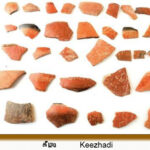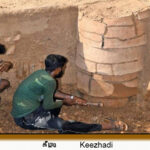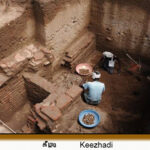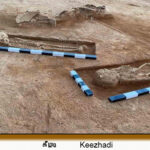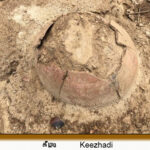

Keezhadi
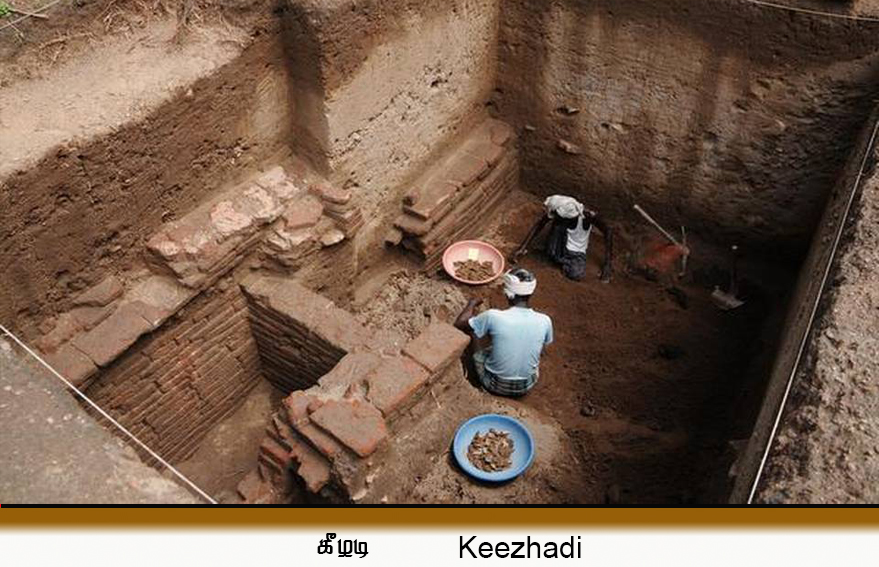
Several phases of exploration at the archaeological excavation site in Keezhadi, a village in Tamil Nadu’s Sivaganga district, brought several significant findings came to light. This included a possible link between the Indus Valley civilisation and Tamil civilisation through their scripts. It also led to theories that the Sangam era, considered to have started from 300 BCE, could have in fact started earlier, during the 6th century BCE. Then there was the possibility of the existence of an urban civilisation in Tamil Nadu, dating back to 2,600 years ago.
“The Archeological Survey of India (ASI) surveyed 293 sites along the coast of the Vaigai and zeroed in on Keezhadi. The reason was that during some earlier activity, the locals had found a long brick wall. This was a clue for them to go ahead with the site and that turned out to be a phenomenal find.
Over 13,000 artefacts have been unearthed from six phases of excavations at Keezhadi in Sivaganga district.
As per second phase of archeological exploration, “The Keezhadi civilization has been described by Tamil poets belonging to the Sangam period. (Tamil Sangam, an assembly of poets, had its seat in Madurai between 4th century BCE and 2nd century BCE. The works of this period are collectively called Sangam Literature). This round was significant as it provided archaeological evidence about what was found in Tamil literature. Results of carbon dating of a few artefacts, which were released in February 2017, traced their existence to 2nd century BCE (the Sangam period).
In the fourth round (2018), 5,820 antiquities were found. These included brick structures, terracotta ring wells, fallen roofing with tiles, golden ornaments, broken parts of copper objects, iron implements, terracotta chess pieces, ear ornaments, spindle whorls, figurines, black and redware, rouletted ware and a few pieces of Arretine ware, besides beads made of glass, terracotta and semi-precious stones.
Pottery specimens from Keezhadi sent to the Earth Science Department of Pisa University, Italy, through Vellore Institute of Technology for mineral analysis, confirmed that water containers and cooking vessels were shaped out of locally available raw materials.
Recovery of 10 spindle whorls, 20 sharply pinpointed bone tip tools used for design creations, hanging stones of the yarn, terracotta spheres, copper needle and earthen vessels to hold liquid clearly attest to the various stages of weaving industry from spinning, yarning, looming and weaving and later for dyeing.
According to reports from sixth phase of expliration, human skeletons, weighing measures, precious stones, ringwell-like structures, furnaces and utensils have been discovered by the experts.
Artefacts that pointed to an industrial capability among the people who lived in Keezhadi around 3000 years ago have also been unearthed in the sixth phase of excavations.
Six human skeletons were found in the sixth phase in Konthagai, including an adult skeleton. Madurai Kamaraj University, which is working with the State Archaeological department, will analyse the DNA sequence in the newly-discovered skeletons in an attempt to find out more about the number of mutations it has gone through to end up in the present-day population.
Click below for full details
Keeladi Book English 18 09 2019
Keeladi Book Tamil 18 09 2019
Keezhadi 1
